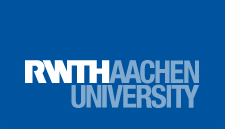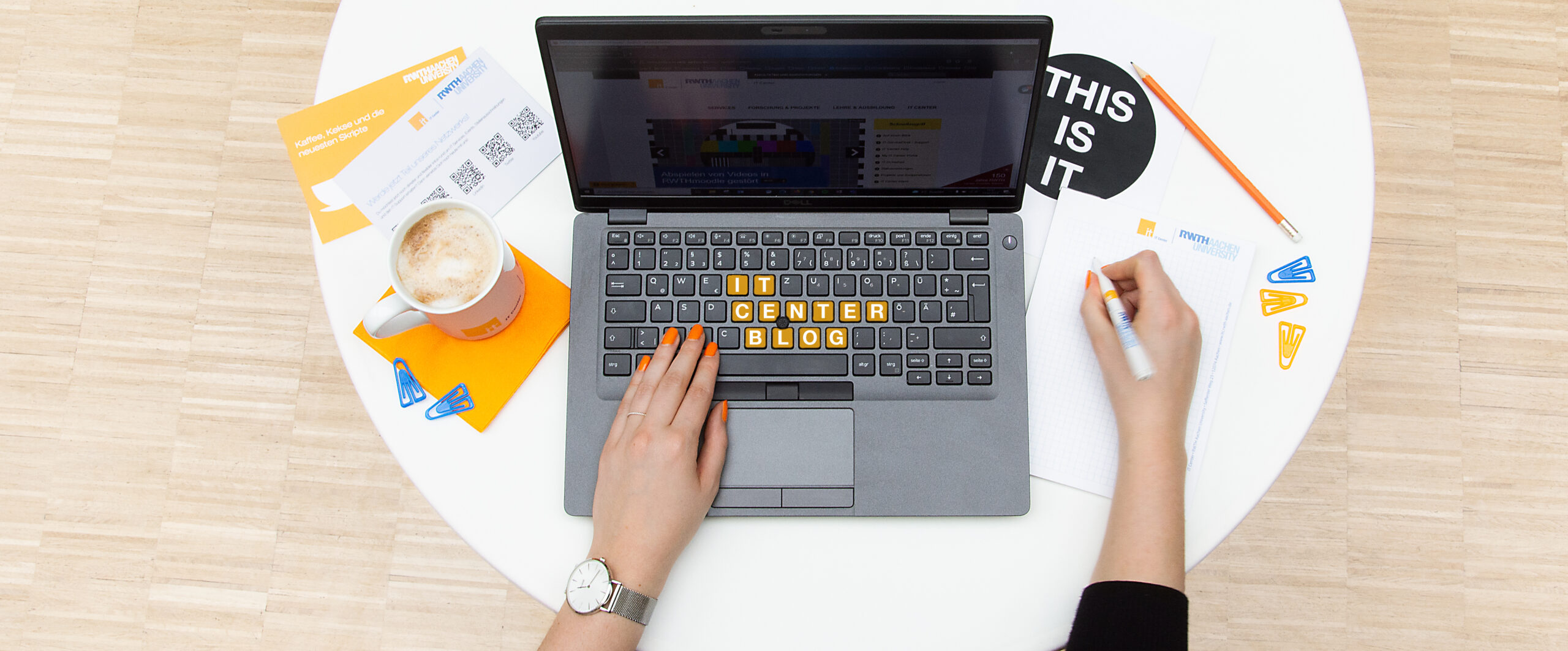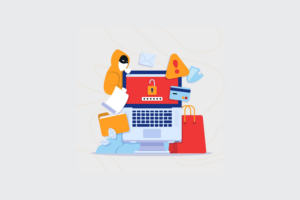Schlagwort: ‘Cybersicherheit’
World Backup Day: Security Through Data Backup
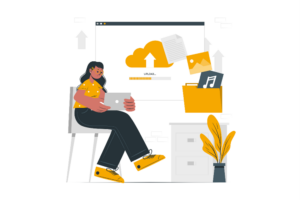
Source: Freepik
March 31st is World Backup Day – a day to remind us how important it is to protect our digital data. In an increasingly connected world where our personal and business data is stored digitally, backing up this data is crucial to protect it from loss or cyber threats.
Spoofing: An Underestimated Threat

Source: Freepik
In the world of IT security, there are a variety of threats that can affect companies and individuals alike. One of these threats that is often underestimated is spoofing. Spoofing is a technique where the attacker attempts to disguise their true identity in order to gain access to sensitive information. In doing so, they attempt to cause damage or pretend to be a trustworthy source. In this blog post, we will take a closer look at the technique of spoofing, show the different forms it can take and explain how companies and individuals can protect themselves against spoofing attacks.
Romance Without Risk: IT Security

Source: Freepik
Valentine’s Day, a time of love and affection, brings with it not only romantic gestures but also potential online threats. In a world where digital connections are just as important as personal relationships; it is crucial to protect your own data.
In this article, you can find out how to order flowers online, buy Valentine’s Day gifts and use online dating platforms while staying digitally safe. Take care, friends!
Data Protection Day: Our Privacy

Source: Own illustration
On January 28, we celebrate European Data Protection Day to draw attention to the importance of data protection. This annual event is a reminder of the fundamental right to privacy and highlights efforts to strengthen the protection of personal data.
Cluster security – MFA Now Mandatory
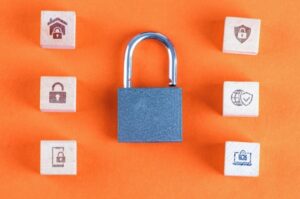
Source: Freepik
In May 2020, several supercomputers in Europe were attacked by hackers. They used compromised accounts of users on external systems. To prevent such attacks, the introduction of multi-factor authentication on the HPC cluster is an important step.
New Year’s Resolutions for More IT Security

Source: Freepik
For many, it’s part of the New Year’s ritual: New Year’s resolutions! According to Statista, the top three resolutions in Germany this year include saving more money, doing more sport, and eating more healthily. 17% of respondents even said they wanted to spend less time on social networks. When using social media, however, it is also important to make the user experience itself as secure as possible.
In the following blog post, we introduce you to five resolutions that will help you increase your IT security and support your approach to IT.
Security Mechanisms Unravelled: MFA
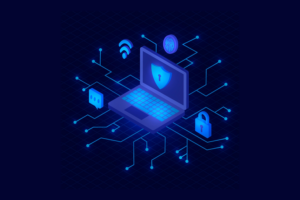
Source: Freepik
Multifactor-authentication (MFA) is a security method that enables access to digital resources such as devices, networks or online services by combining multiple authentication factors. Essentially, MFA requires at least two independent confirmations of a user’s identity to access the resource.
Multifactor Authentication in IdM Selfservice
IT security is a major and important topic at RWTH Aachen University and the IT Center.
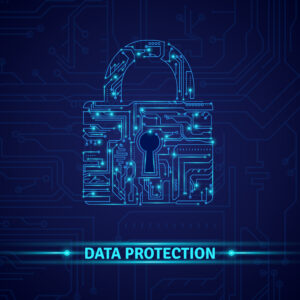
Source: Freepik
Already in 2021, it was reported that the introduction of multifactor-authentication (Mfa) would provide systems with greater security against unauthorized access.
In order to offer the MFA protection to further services the IdM Selfservice is now equipped with the so-called “MFA Tokenmanager”.
Artificial Intelligence – Curse or Blessing for IT Security?
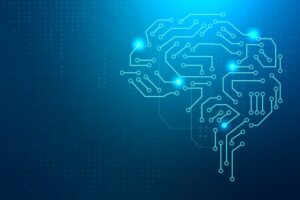
Source: Freepik
We are increasingly coming across the term “artificial intelligence” (AI). Whenever we come across this term that has become a fashionable phenomenon in the media, there are regularly reports about self-thinking AI, fully autonomous means of transport or other similar applications. For many of us, it can be hard to figure out what is actually meant by the term. However, the application areas of AI that seem to be particularly popular in the media are in reality only a very small segment of the actual application field of AI. Many a user would probably even be surprised to know in which areas AI is already being implemented today. In this article, we would like to take a closer look at the term and explain what role artificial intelligence can play in the field of IT security.
